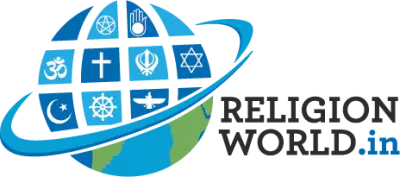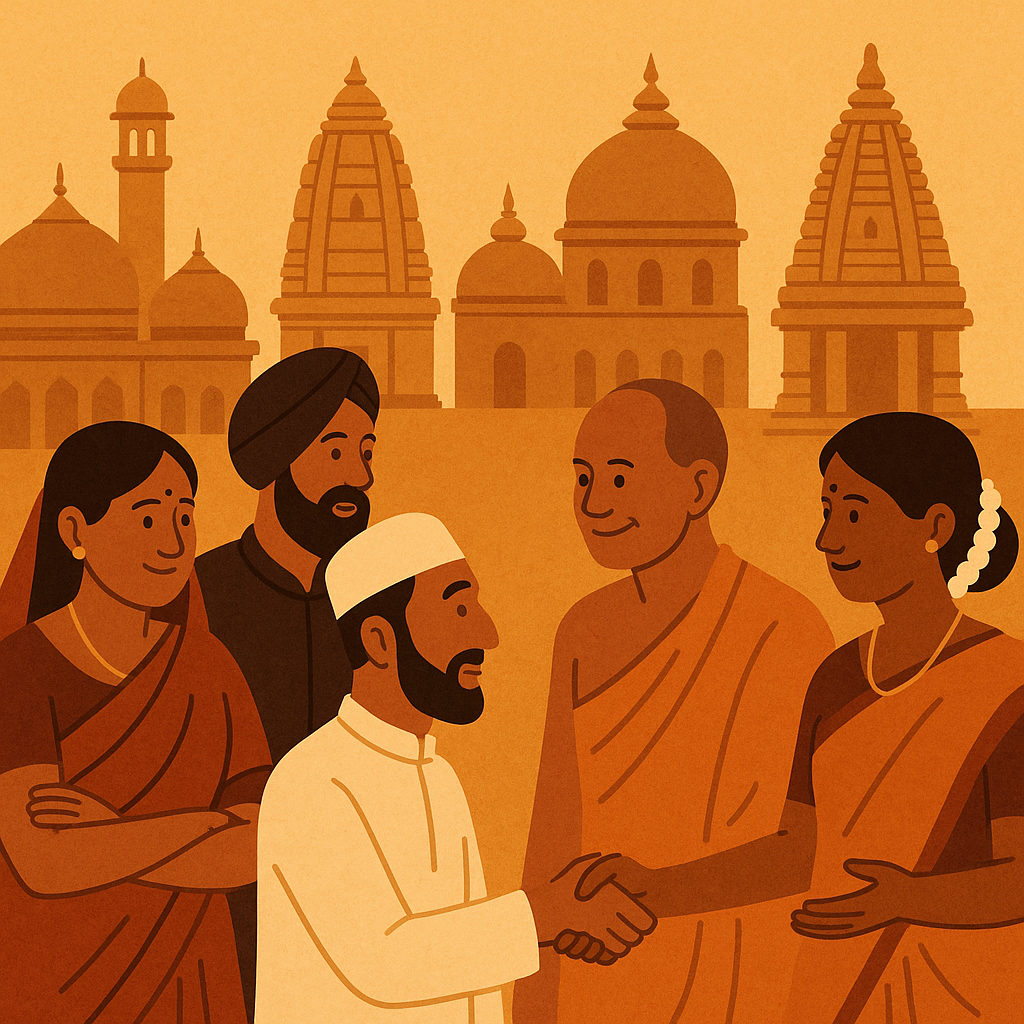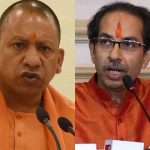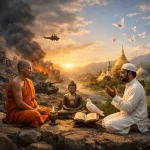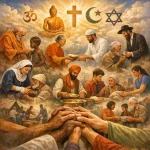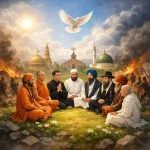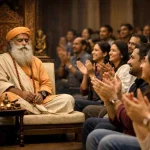Religion and Caste Dynamics in India: New Dialogues, Old Structures
Caste has been one of the most enduring and complex features of Indian society. While religion has long been a source of unity, it has also reinforced hierarchies that divide communities. In modern India, the relationship between religion and caste is being redefined through social activism, education, inter-caste movements, and digital awareness. Yet, even as new conversations emerge about equality and inclusion, the deep roots of caste in religious and social traditions continue to shape lives in visible and subtle ways.
The Historical Web of Faith and Hierarchy
The caste system’s origins are often traced back to ancient Hindu texts, where society was divided into four varnas — Brahmin, Kshatriya, Vaishya, and Shudra — based on duties and professions. Over time, these categories became rigid, turning into birth-based identities. Caste gradually extended beyond Hinduism, influencing social behavior among Indian Muslims, Christians, and Sikhs as well.
Religion gave moral justification to social stratification. Ritual purity, temple access, marriage norms, and occupation all became governed by caste boundaries. While spiritual equality was preached in theory — the idea that all souls are equal before God — the social reality often contradicted it.
Reform Movements and Resistance
From the Bhakti and Sufi saints of medieval India to social reformers of the 19th and 20th centuries, many voices challenged caste discrimination. Saints like Kabir, Ravidas, and Basavanna spoke of devotion as the only true measure of worth, rejecting caste hierarchies. Later, reformers such as Jyotiba Phule, Swami Vivekananda, and B.R. Ambedkar sought to dismantle caste structures through education and legal reform.
Ambedkar’s conversion to Buddhism in 1956, along with millions of Dalits, was a turning point — a rejection of caste oppression and a reclamation of dignity through faith. Sikhism, too, from its inception, emphasized equality, collective service (seva), and shared meals (langar) as acts that erase social boundaries. However, despite these movements, caste identity continued to persist in both religious practice and community organization.
Modern India: Law vs. Social Reality
Independent India took bold steps to eliminate caste discrimination through constitutional provisions. Article 15 prohibits caste-based discrimination, and reservations in education and employment aim to correct historical injustices. Yet, caste remains deeply ingrained in social interactions — from marriage and politics to temple rituals and access to community resources.
Religion, while evolving in its outward expressions, often mirrors these same hierarchies. In many villages, temple priests still belong to specific castes; Dalits may face restrictions during rituals; and even in urban centers, caste identity subtly influences friendships, networks, and business relations.
New Dialogues: Awareness and Activism
The rise of digital media and social awareness has brought caste into new public conversations. Young Indians are questioning inherited identities, organizing inter-caste marriages, and using online platforms to document and resist discrimination. Social media movements like #DalitLivesMatter and community-led discussions on equality have forced mainstream India to confront uncomfortable truths.
Educational institutions and workplaces are also becoming spaces of dialogue. Universities host seminars on caste inclusion, while startups and NGOs promote diversity and fair opportunity. Many young religious leaders are reinterpreting scriptures to emphasize compassion and inclusivity rather than hierarchy.
Caste Beyond Hinduism: A Shared Struggle
Though caste is most often associated with Hindu society, its influence stretches across other faiths in India. Among Muslims, ashraf and ajlaf distinctions reflect inherited hierarchies. Many Christian communities, especially in southern India, have social divisions between Dalit and upper-caste converts. Even among Sikhs, who follow an egalitarian faith, caste-based gurdwaras and marriage preferences still exist.
This persistence shows that caste is more social than theological — it survives even when religion rejects it. The challenge, therefore, lies not only in reforming doctrine but also in transforming social behavior and consciousness.
Temples, Trusts, and Changing Narratives
In recent years, temples and religious trusts have begun opening their management and priesthood to marginalized groups. In some states, Dalits and women have been appointed as priests — a remarkable shift from traditional norms. These efforts are small but symbolically powerful, showing that institutions of faith can adapt to values of equality.
At the same time, religious festivals, pilgrimages, and community kitchens are increasingly becoming spaces of social mixing. Younger generations participate together, often less concerned about caste distinctions. Urbanization and migration are also diluting old boundaries, creating new forms of interaction that prioritize shared values over inherited identity.
The Road Ahead: Faith as a Bridge, Not a Barrier
India stands at a crossroads where ancient structures meet new aspirations. Caste consciousness may not disappear overnight, but growing awareness, digital dialogue, and faith-based inclusivity are reshaping the social landscape. Religious leaders, if they embrace equality as a spiritual duty, can become powerful agents of change.
The challenge is to transform faith from a tool of separation into a source of unity. True spirituality recognizes no caste, gender, or social rank — it seeks liberation (moksha) for all. As more Indians reinterpret their faith through this lens, the possibility of a caste-free future becomes not just a dream, but a moral imperative. Religion and caste in India remain deeply intertwined — an ancient relationship now facing modern scrutiny. New dialogues on equality, identity, and justice are emerging, especially among youth and reformist voices. Yet, the old structures of hierarchy continue to cast long shadows.
The task before India is not to erase its traditions but to refine them — to ensure that the spiritual core of religion, which celebrates the divine in every human being, shines brighter than the social divisions that once dimmed it. In doing so, faith can truly become a force of liberation, not limitation.
~Religion World Bureau
